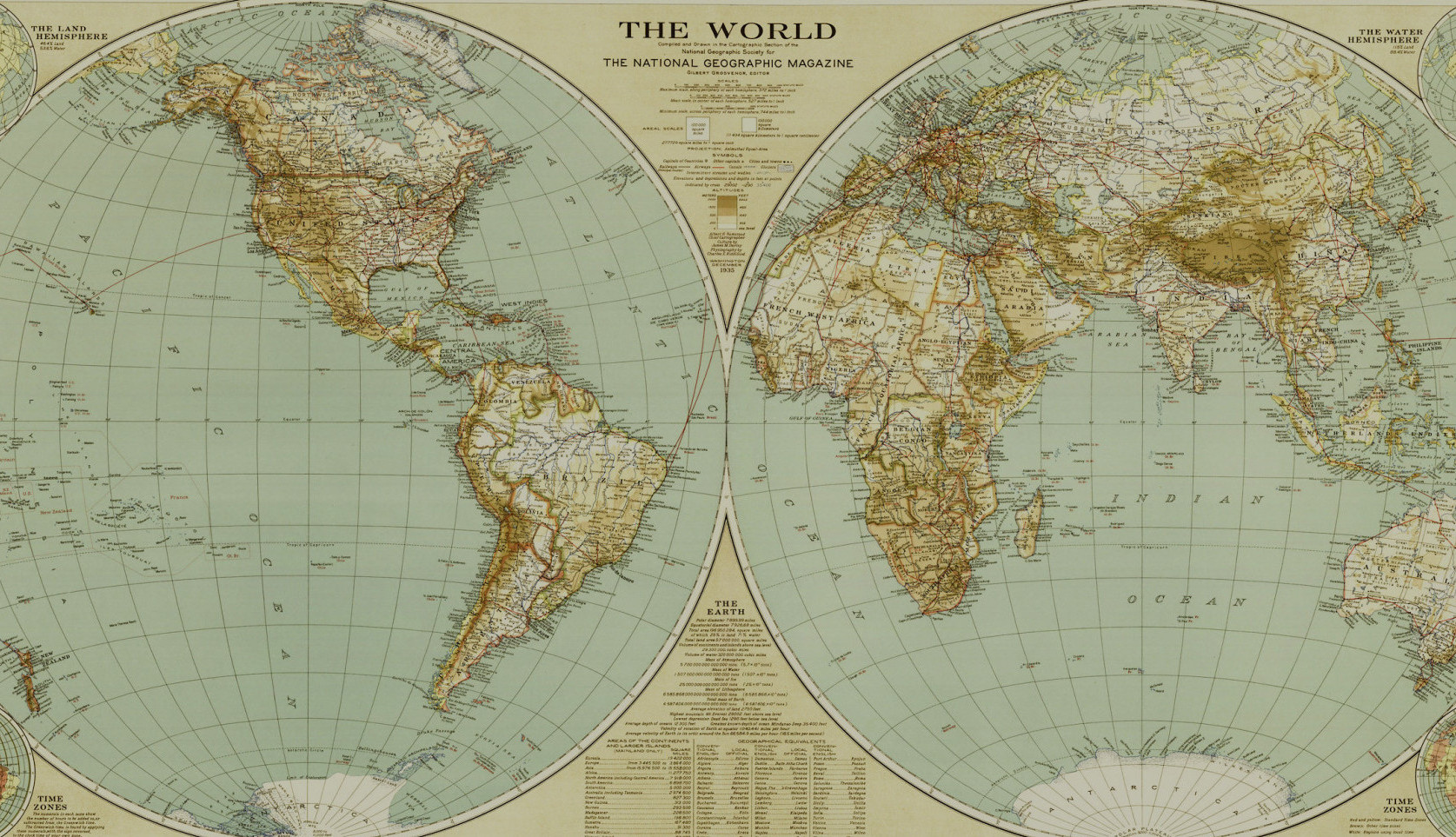For my final month of Global Archaeology I’m doing something completely different to any of the other months this year! This is the only academic stop on my year long journey and I am at the Institut für Archäologie, Universität Zürich, in Switzerland. While I’m here I’m helping to bring an archaeological book to publication in the English language and finding out about how archaeology is done in one of the most developed countries in the world.
Switzerland, or Schweiz (German), Suisse (French), Svizzera (Italian), or Svizra (Romanish), in one of its official languages, is divided up into 26 cantons/states and most have their own archaeological department. In Switzerland archaeologists work in three main kinds of institution: universities, museums and government departments. The Swiss Federal Office of Culture is the government body in charge of preserving the country’s cultural heritage and monitors the activities of all the other institutions. These institutions often collaborate on the same projects so the specific expertise each has is applied to important sites. For instance, a canton’s archaeologists may excavate a site and send the most significant artefacts to the National Museum for analysis and conservation. Switzerland has been occupied by humans for 600 000 years so there is a lot of archaeology to investigate and interpret!
Swiss university departments undertake archaeological excavations in Switzerland and abroad. But their main focus is to train the next generation of archaeologists. Every archaeological student at the Universität Zürich must complete an archaeological field school as well as a ‘praktikum’ with a heritage service or museum, in addition to their regular coursework. By making a field school compulsory the department ensures that each student who completes their studies has an understanding of excavation procedures. Fieldwork isn’t for everyone and archaeology is the type of profession that needs many people working off-site to make the entire process run smoothly. However, it is very important that those archaeologists who don’t do fieldwork have a first-hand awareness of where the data, artefacts, and/or materials they are investigating come from.
The Swiss National Museum (Schweizerisches Nationalmuseum) displays excavated and collected archaeological material for the public as part of a wider mission to educate and inspire their visitors. The branch in Zürich (Landesmuseum) also has a large conservation department that processes and conserves artefacts from excavations run by academics for research purposes, and those run by governmental departments for infrastructural developments. The Conservation Research department staff at the Landesmuseum use non-destructive processes and have technology at their disposal that allows archaeologists to further qualitatively and quantitatively investigate the composition and construction of objects. For instance through micro X-ray fluorescence spectrometry, atom-absorption spectrometry, and infra-red and Raman spectrometry we can learn more about the composition of metal alloys like bronze or what resins were used to bind composite objects like arrows. They also apply these methods to their own collections as part of research projects or ongoing maintenance. It is important to know if in the past products were applied to museum held objects that could have an adverse effect on modern conservation efforts.
In Switzerland, governmental departments are responsible for maintaining, documenting and researching the archaeological and architectural heritage of their city or canton. These departments are also responsible for monitoring the eight cultural UNESCO heritage sites (or groups of sites) in Switzerland – there are also three natural ones. Within the city centre of Zürich there are nine archaeological sites under the UNESCO umbrella of the 111 small individual prehistoric pile dwelling sites around the Alps. A team of divers from the Underwater Archaeology (Unterwasserarchäologie) division of the City of Zürich Town Planning Office (Hochbaudepartement) regularly monitors the state of these important sites. The underwater archeology team also document and protect archaeological sites in the lakes and rivers of Zürich and other locations around Switzerland that require underwater archaeology specialists. They can be called on to create inventories of cultural assets in waters, undertakes preliminary assessments for development, and when necessary perform underwater archaeological rescue excavations.
With such a complex system it can sometimes be confusing to know which department should be given authority over a particular project. For instance, there is an archaeological department for the city of Zürich as well as for its canton. When a large high-profile archaeological excavation was undertaken in the heart of the city (outside the Opera House) it was decided that the city archaeologists would conduct the excavation and the canton archaeologists would prepare the public display once the Parkaus Opéra was constructed. Today when you visit Zürich’s historic Sechseläutenplatz town square in front of the Opera House you can go below ground at the entrance to the car-park and view replicas of the artefacts that were uncovered just below your feet! The display guides visitors through the 6000 years that the spot has been occupied and showcases the amazing artefacts that were uncovered. This was a particularly important excavation because it is located beside one of the UNESCO certified pile dwelling sites in Lake Zürich (Zürichsee). The highly preserved organic artefacts from the Sechseläutenplatz excavation provided new and exciting insights into the prehistoric way of life on the shore of the Zürichsee.
Each institutional sphere – academia, museum, government – of archaeology in Switzerland fit together like one of the country’s famous watches. Each has a role to play in the wider organisation of excavation, recording, processing, and maintenance and must rely on the other components to bring projects to completion. There is fantastically preserved cultural heritage all around me as I walk to and from the Universität Zürich each day and I am looking forward to learning more about the long history of this beautiful city.
